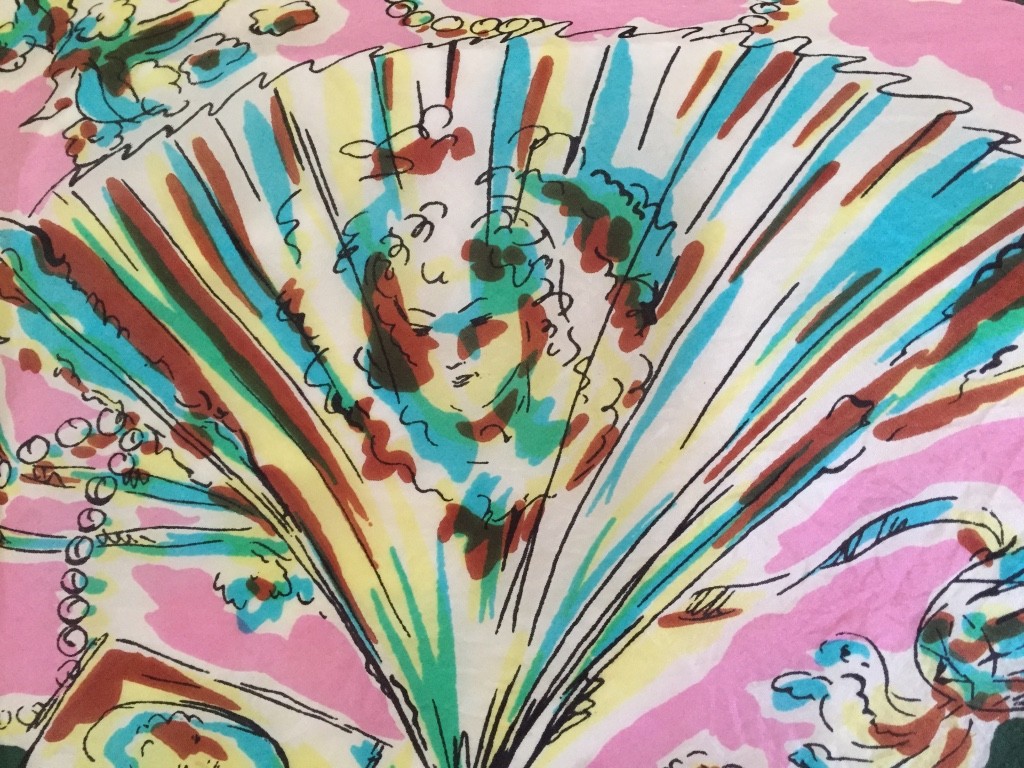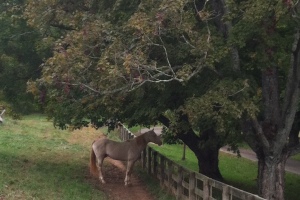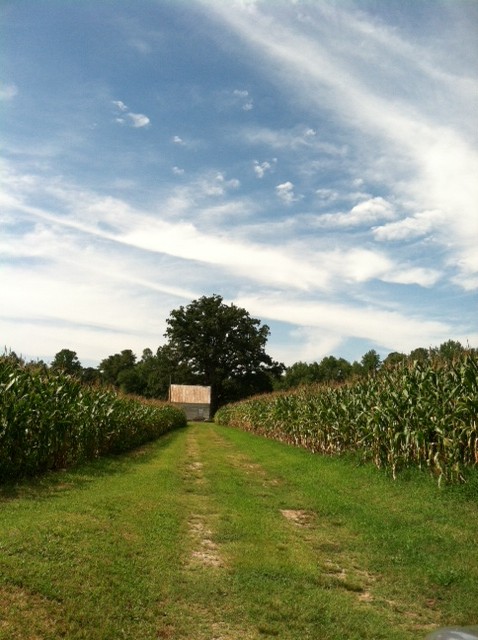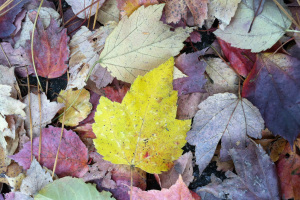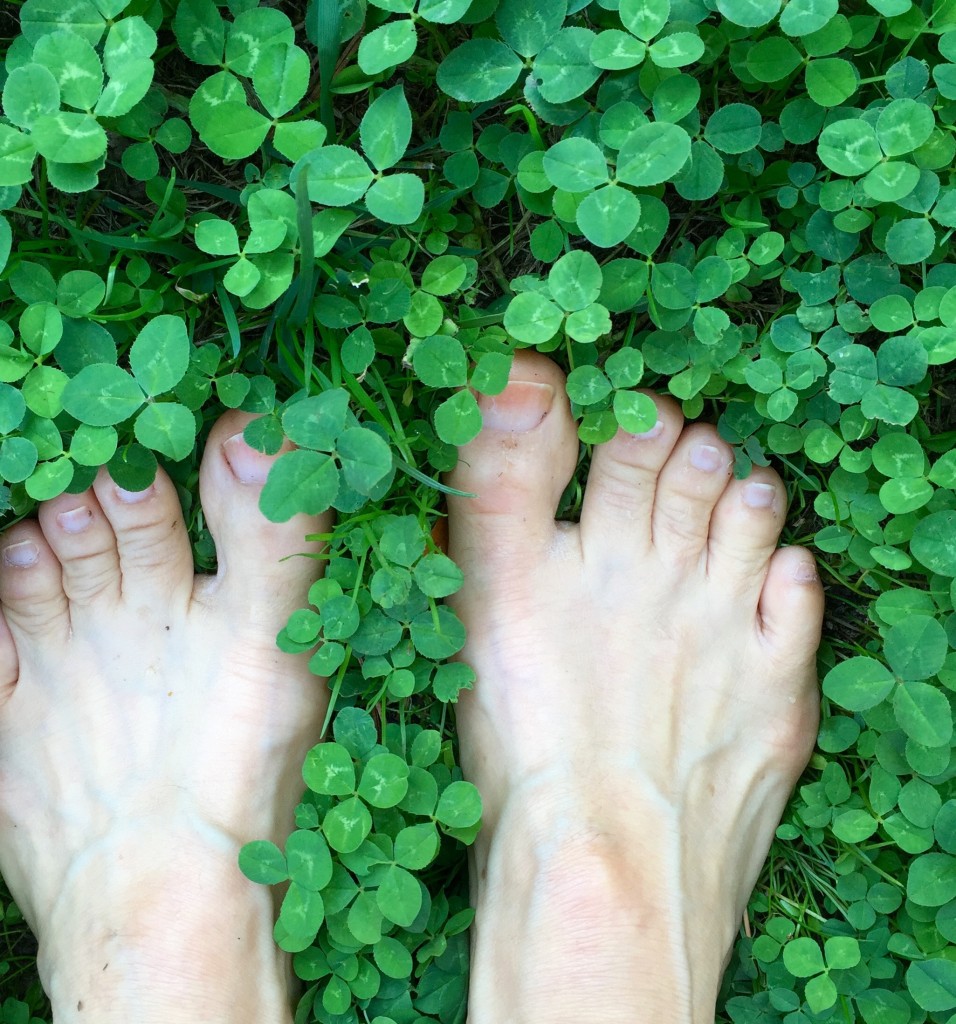
The human body receives constant sensory input that provides up to the second information about the world around us. This is great news! And thankfully, we are created to modulate these responses. So, how can we use this amazing instrument, the human body, and play healthier music within? Intentionally noticing the five hard-wired senses gives us opportunities to do just this.
Whether or not you believe in behavioral resolutions this time of year, bringing awareness into our lives is a powerful practice. Why? Because when we go through the motions of the day without noticing how we feel physically or emotionally, stress, body pain, and inflammation occur. Instead, when we tune in and witness what our sensations and reactions are, we can use this information to calm, center, and choose a different response.
Use this simple exercise to practice sensory self-care. Please be patient and compassionate with yourself. Noticing the world around you, your reactions, is a process of change by itself. It takes practice, for all of us, every day, moment by moment.
What sight, sound, touch, smell or taste reminds you of relaxation, comfort, joy… or any other positive emotion or experience that’s linked to your health?
Take a few moments to be still and visualize easy, accessible things you can do to bring pleasant awareness to the senses. Is it listening to a favorite song on the way to work? Enjoying a cup of tea with a friend? Using essential oils? Feeling the feet on the ground as you sit at your desk? Wiggling the toes? Looking up from the laptop and allowing eyes to rest? Taking time to really taste food while chewing? Taking a deep breath? Hugging someone you care about, love? (Remember, to get a hug you’ve got to give one).
Be as specific as you can and write down three things that bring you relaxation for each sense. Before you begin, take a few deep breaths. As you hold your pen, or write on your laptop, drop shoulders away from ears. You may want to write about or focus on one sense each week, or each day. Do what “makes sense” to you!
Sight
1.
2.
3.
Sound
1.
2.
3.
Touch
1.
2.
3.
Smell
1.
2.
3.
Taste
1.
2.
3.
After you complete the exercise, even if you haven’t actually done any of these things yet, check in with yourself and notice your mood. What do you notice? How’s your body feel, compared to when you began this writing or visualization exercise?
Incorporate with any meditation practice and en-joy coming to your senses.

